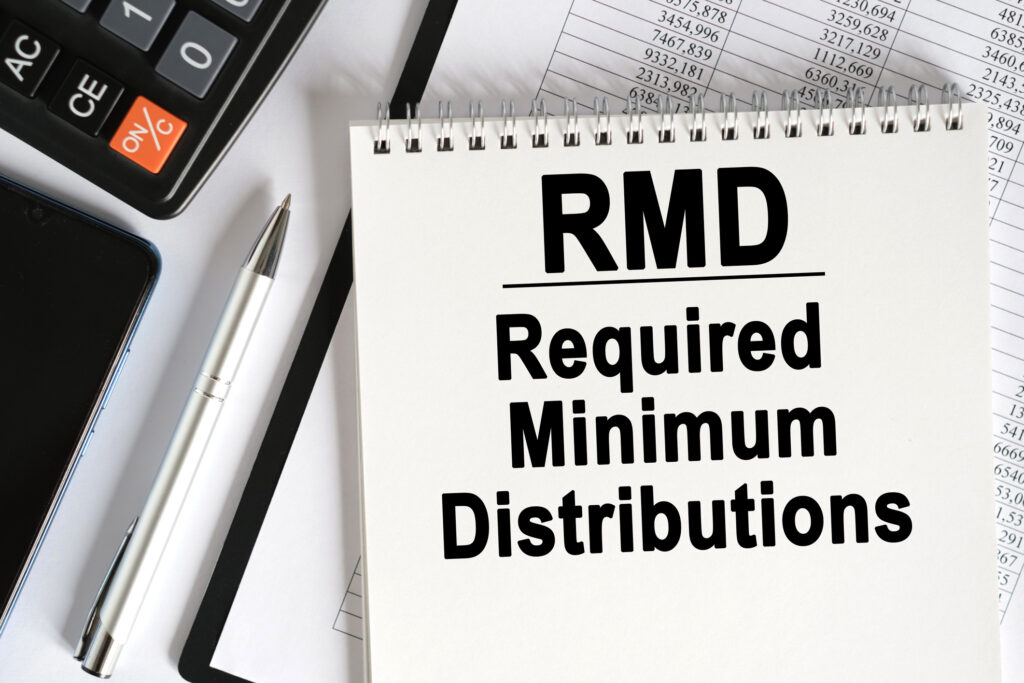
If you’ve spent decades building up your retirement savings in tax-deferred accounts, you may have heard the term Required Minimum Distribution (RMD). But what exactly does it mean for you, and why is it so important to plan for it? Let’s break it down.
What is an RMD?
An RMD is the minimum amount you must withdraw each year from certain retirement accounts once you reach a specific age. These are required for accounts like traditional IRAs, 401(k)s, and other tax-deferred plans. The IRS requires this because those accounts were funded with pre-tax dollars, and taxes are due when money comes out.
When do RMDs start?
As of 2023, RMDs generally begin the year you turn 73 (the age will rise to 75 in 2033 under current law). You have until April 1 of the year after you reach the required age to take your first distribution. After that, RMDs must be taken annually by December 31.
How is my RMD amount calculated?
The IRS uses a life expectancy table and your account balance from the previous December 31 to determine your annual RMD. The amount will change each year based on both your age and account value.
What does this mean for my retirement plan?
RMDs can have several impacts:
- They create taxable income, which can affect your tax bracket.
- They may influence how much of your Social Security benefits are taxed.
- They can impact Medicare premiums if your income crosses certain thresholds.
These factors are why it’s important to plan ahead and consider strategies for when and how you take distributions.
Can I take more than my RMD?
Yes. Your RMD is simply the minimum you must take; you can always withdraw more. Just remember—withdrawals from tax-deferred accounts generally increase your taxable income.
What happens if I don’t take my RMD?
A penalty is levied on your account. If you miss an RMD or take less than required, the IRS can impose a 25% excise tax on the amount you should have withdrawn (this may be reduced to 10% if corrected quickly).
How should I plan for RMDs?
Planning ahead can help you avoid surprises and potentially reduce your tax burden. Consider:
- Taking partial withdrawals earlier in retirement to spread out taxes.
- Using Qualified Charitable Distributions (QCDs) to send RMD amounts directly to charity (tax-free).
- Coordinating withdrawals with other income sources to manage your tax bracket.
Final Thought:
RMDs aren’t just an IRS rule; they’re a part of your overall retirement income picture, given the impact they can have on your income, taxes, and other areas of your retirement finances. The earlier you build them into your plan, the easier it can be to manage taxes and keep your retirement income predictable.
If you’d like help reviewing your accounts and creating an RMD strategy that fits your goals, Click HERE to reach out to one of our professionals at Zinnia Wealth Management today for a complimentary review of your finances.
This information is provided as general information and is not intended to be specific financial guidance. Before you make any decisions regarding your personal financial situation, you should consult a financial or tax professional to discuss your individual circumstances and objectives. The source(s) used to prepare this material is/are believed to be true, accurate and reliable, but is/are not guaranteed.
SWG 4743702-0825






